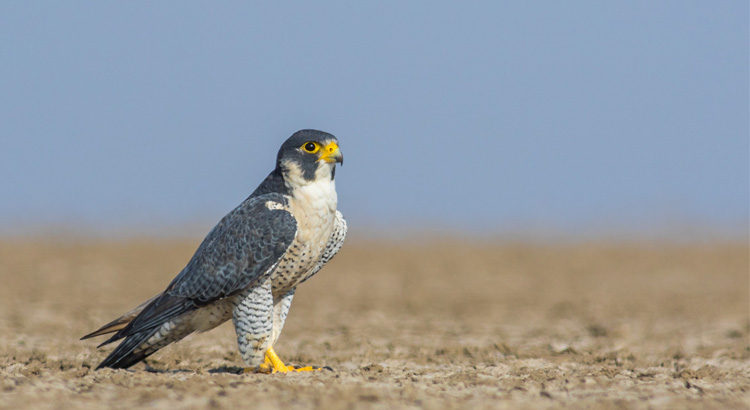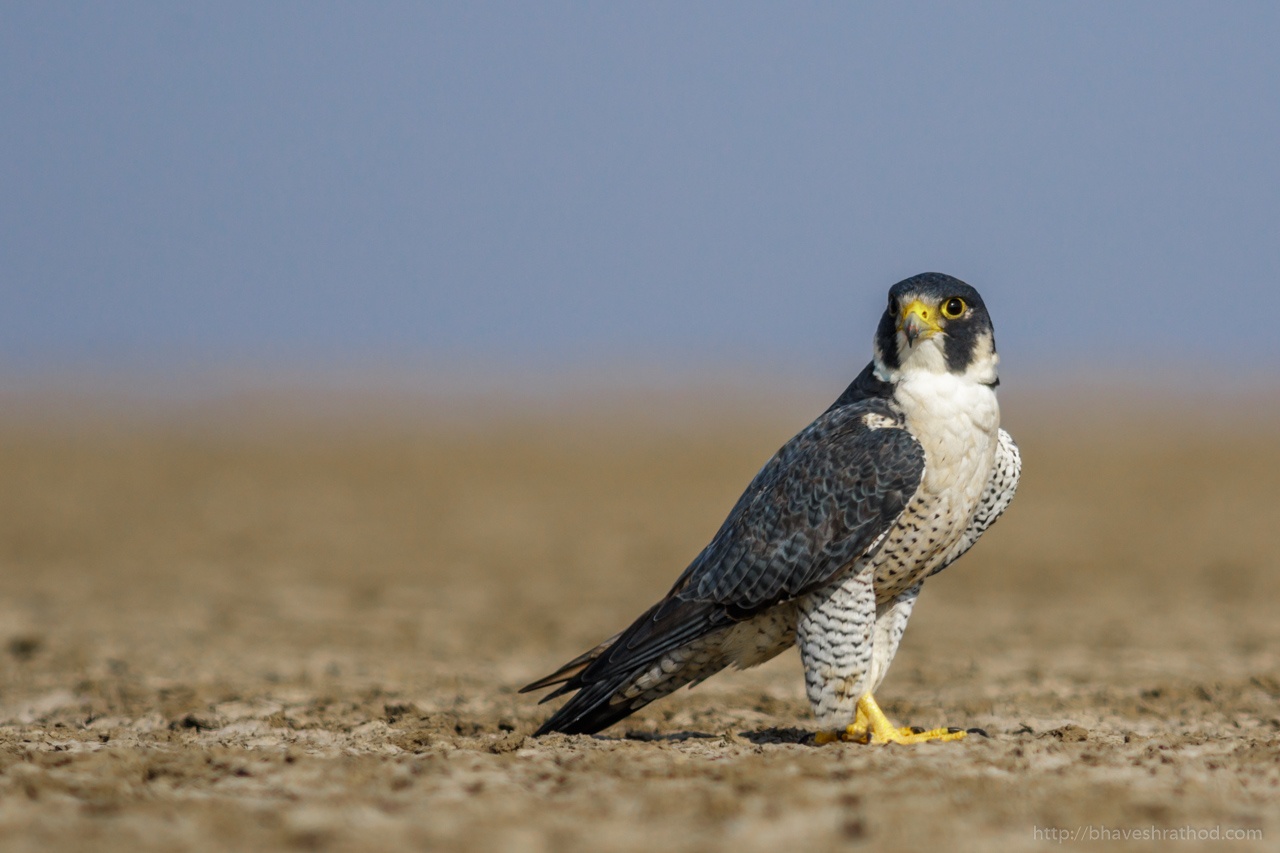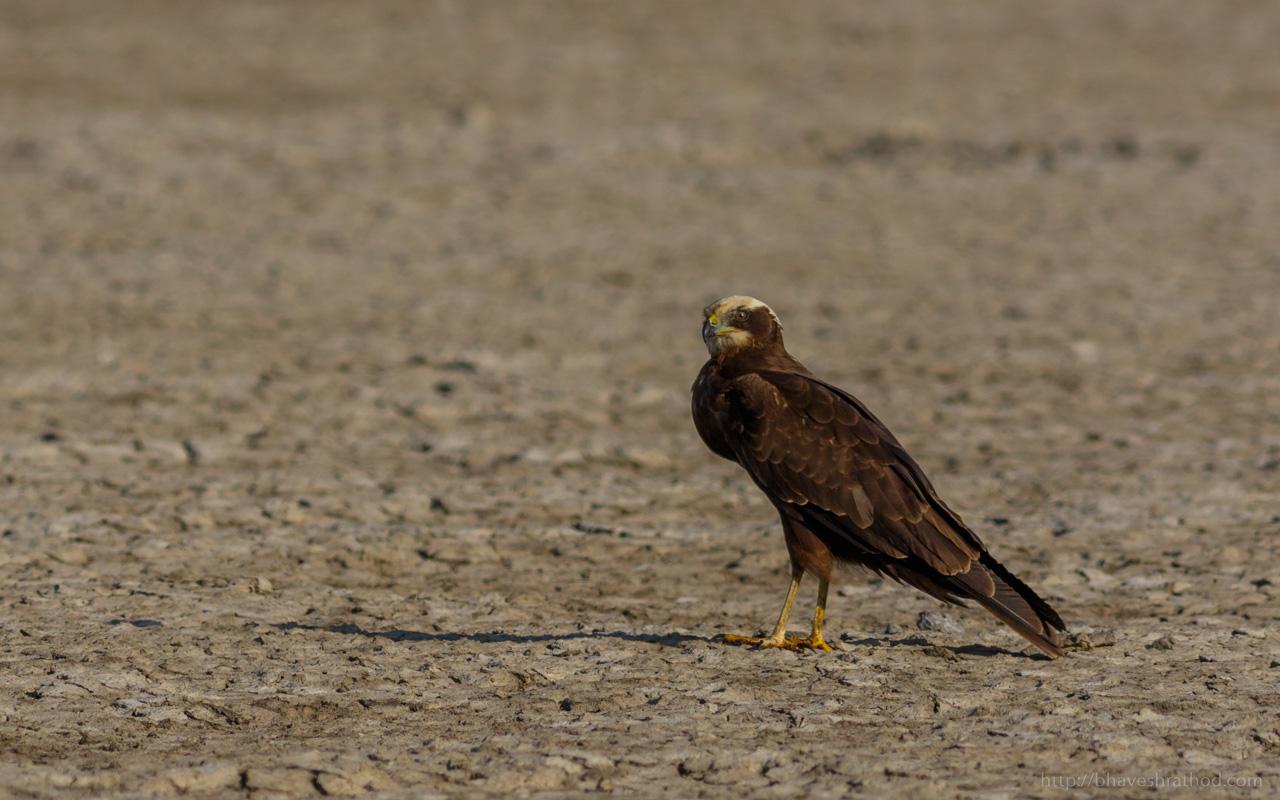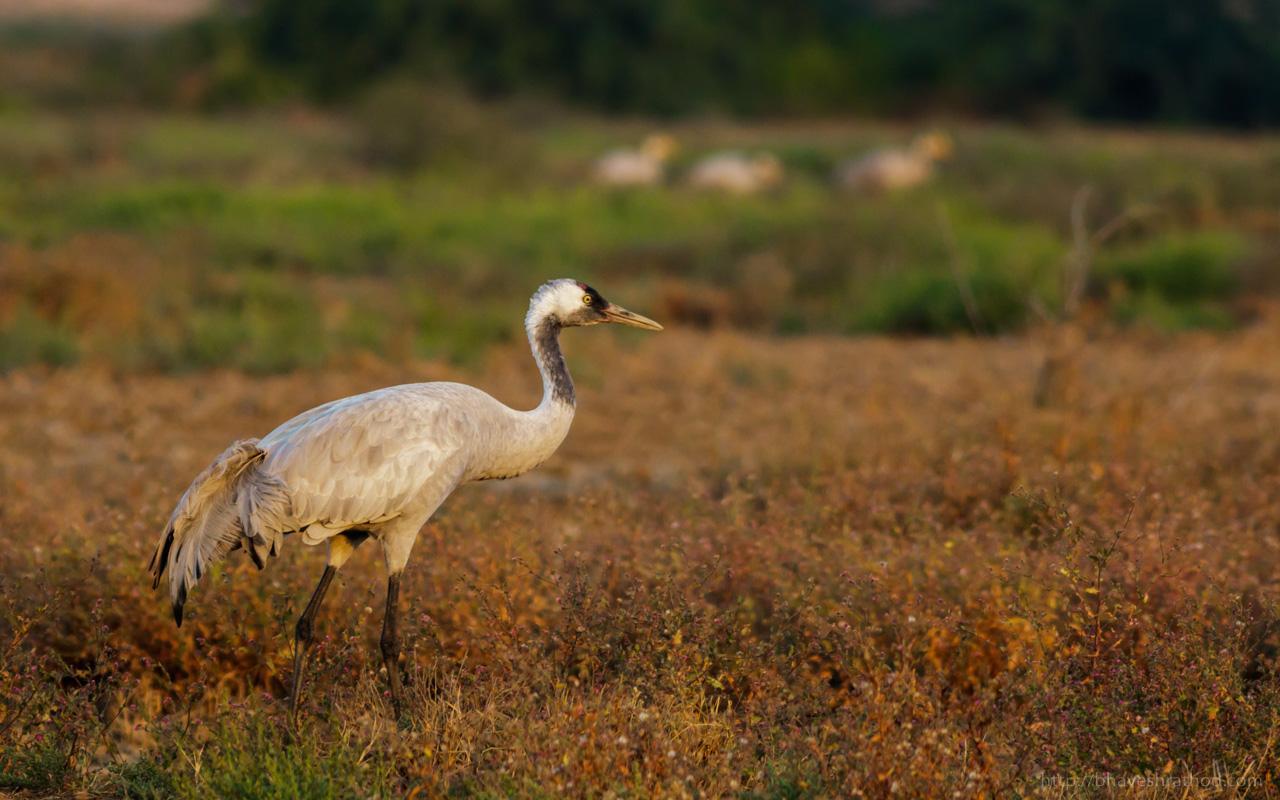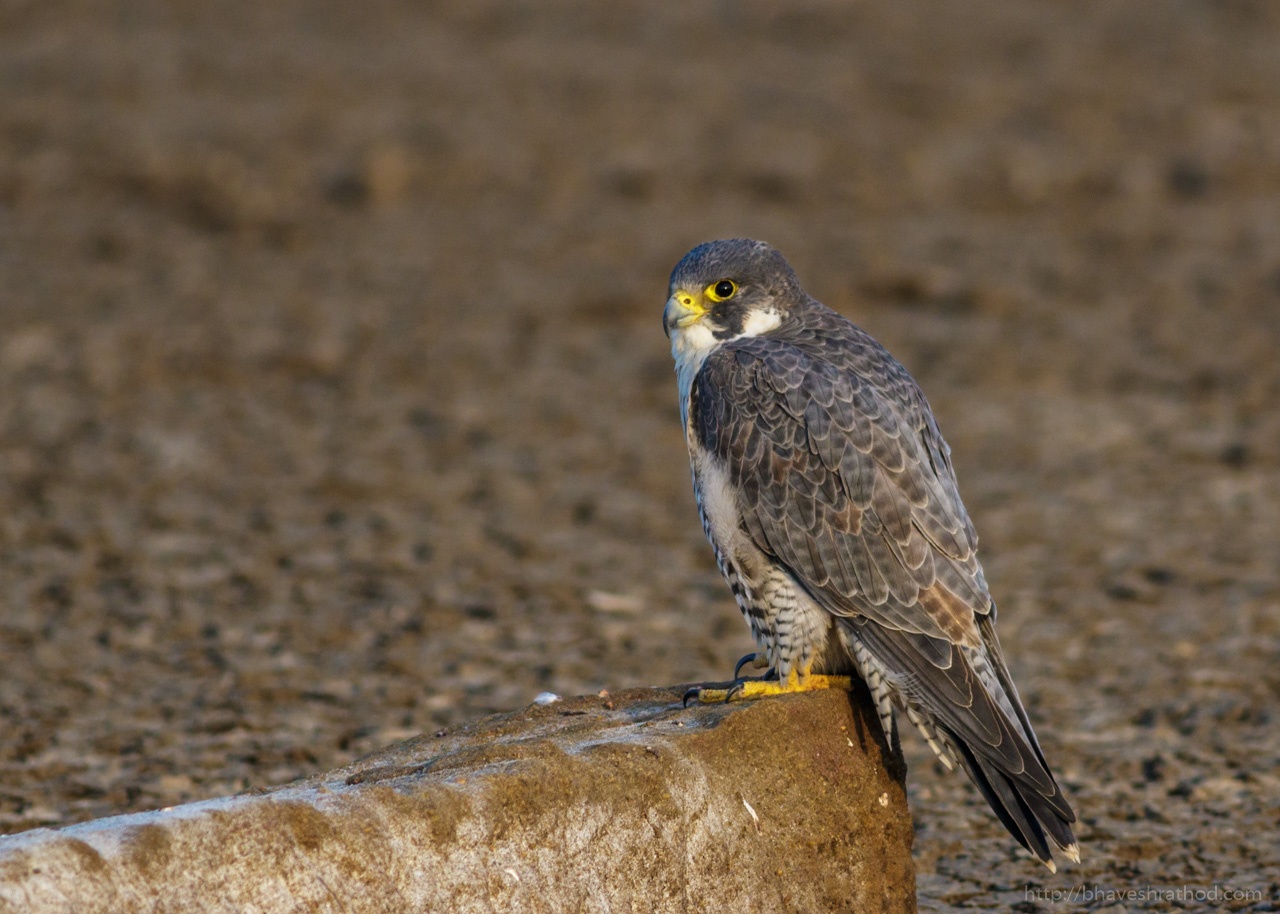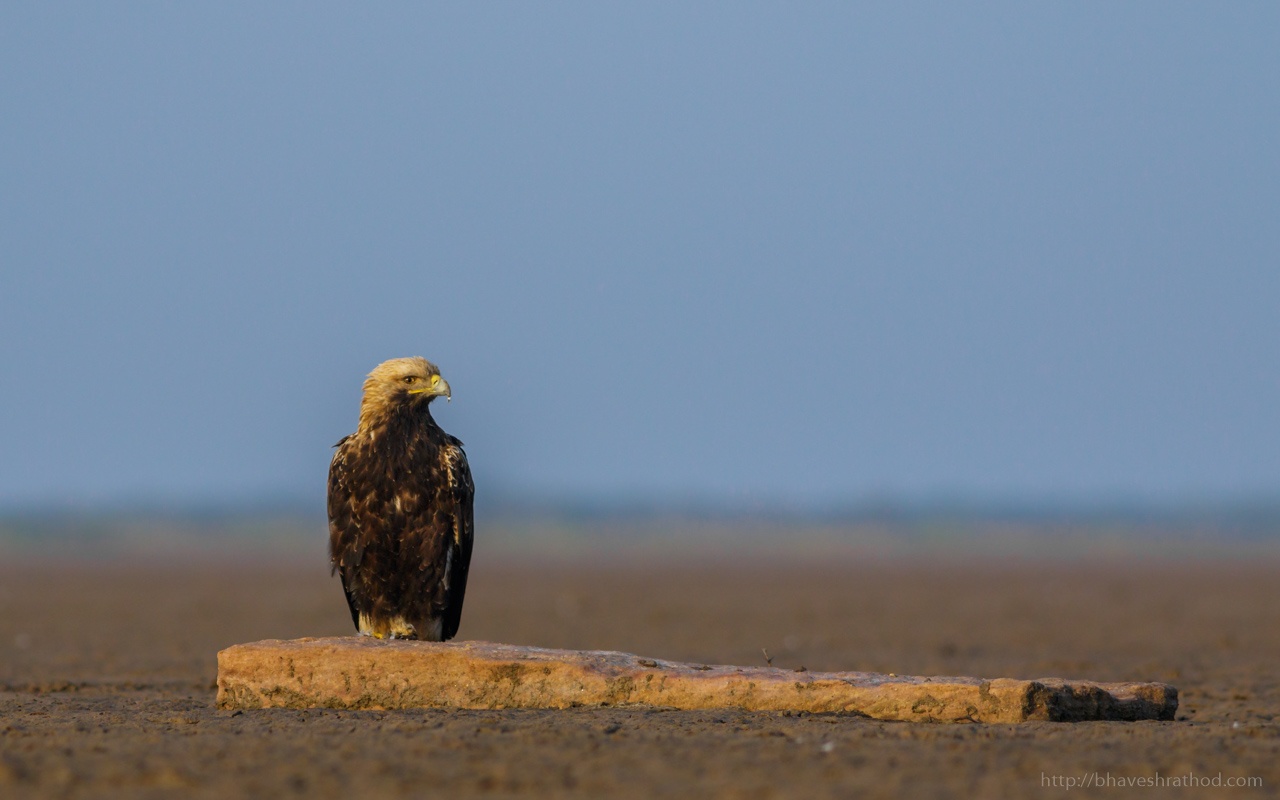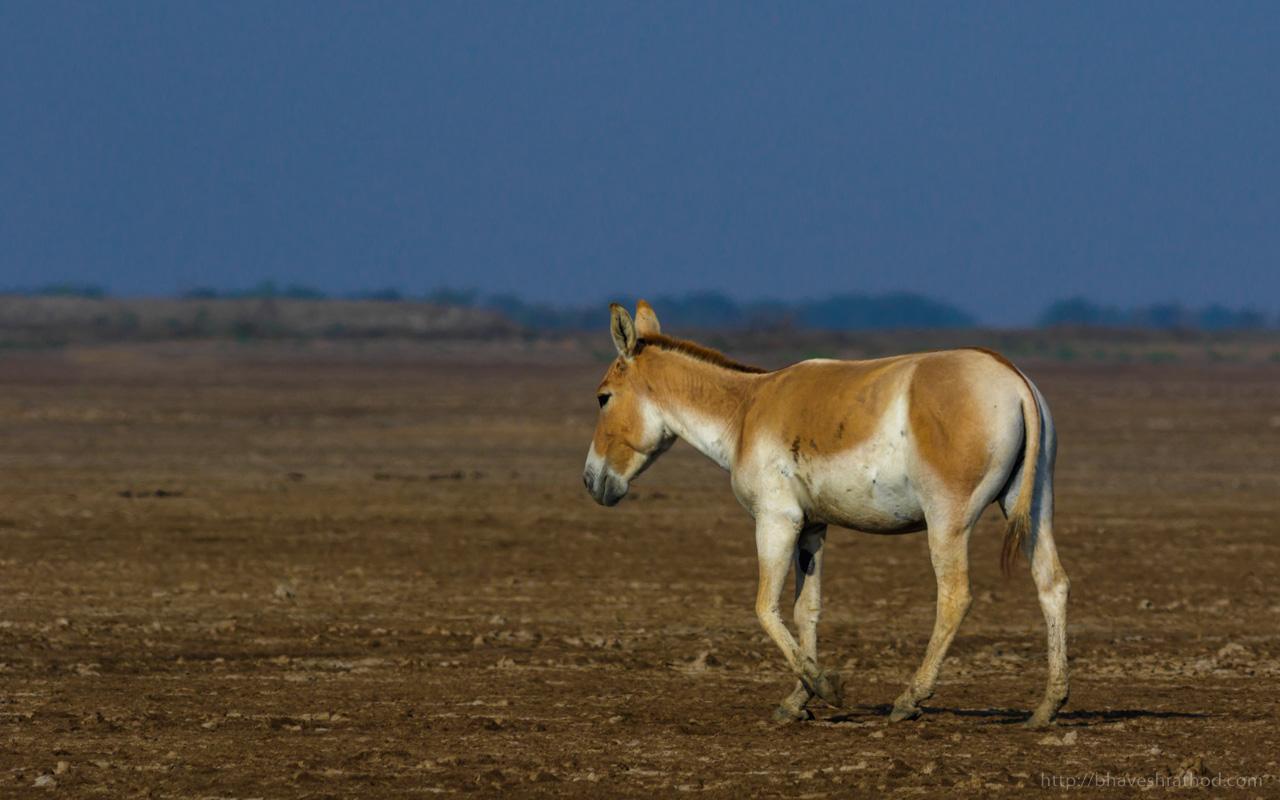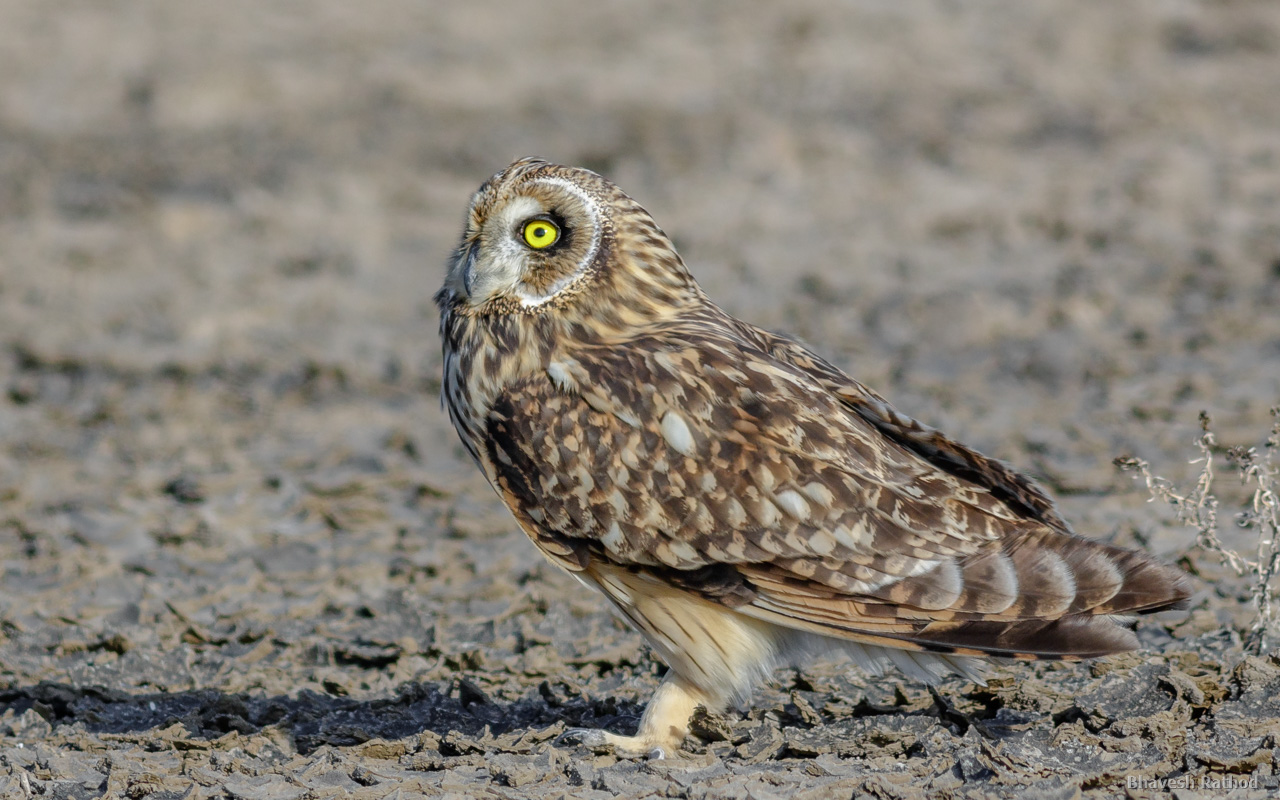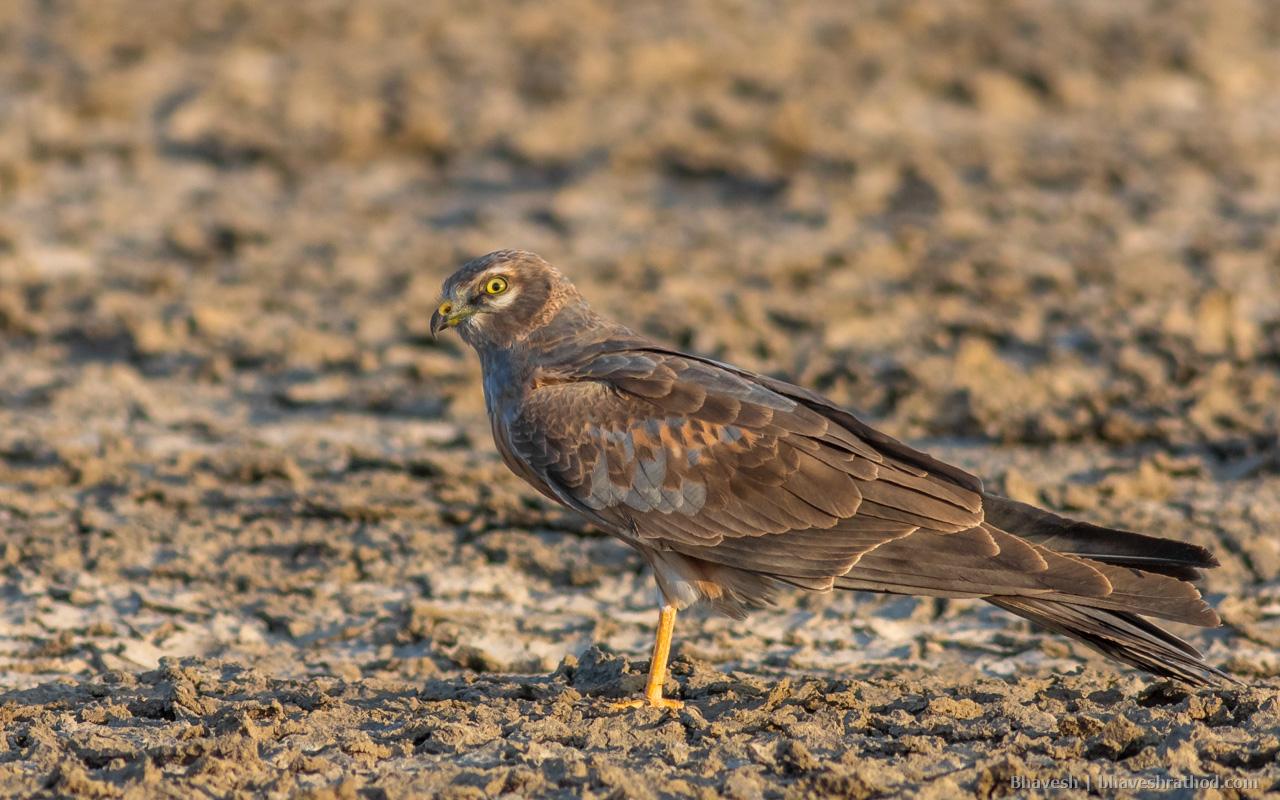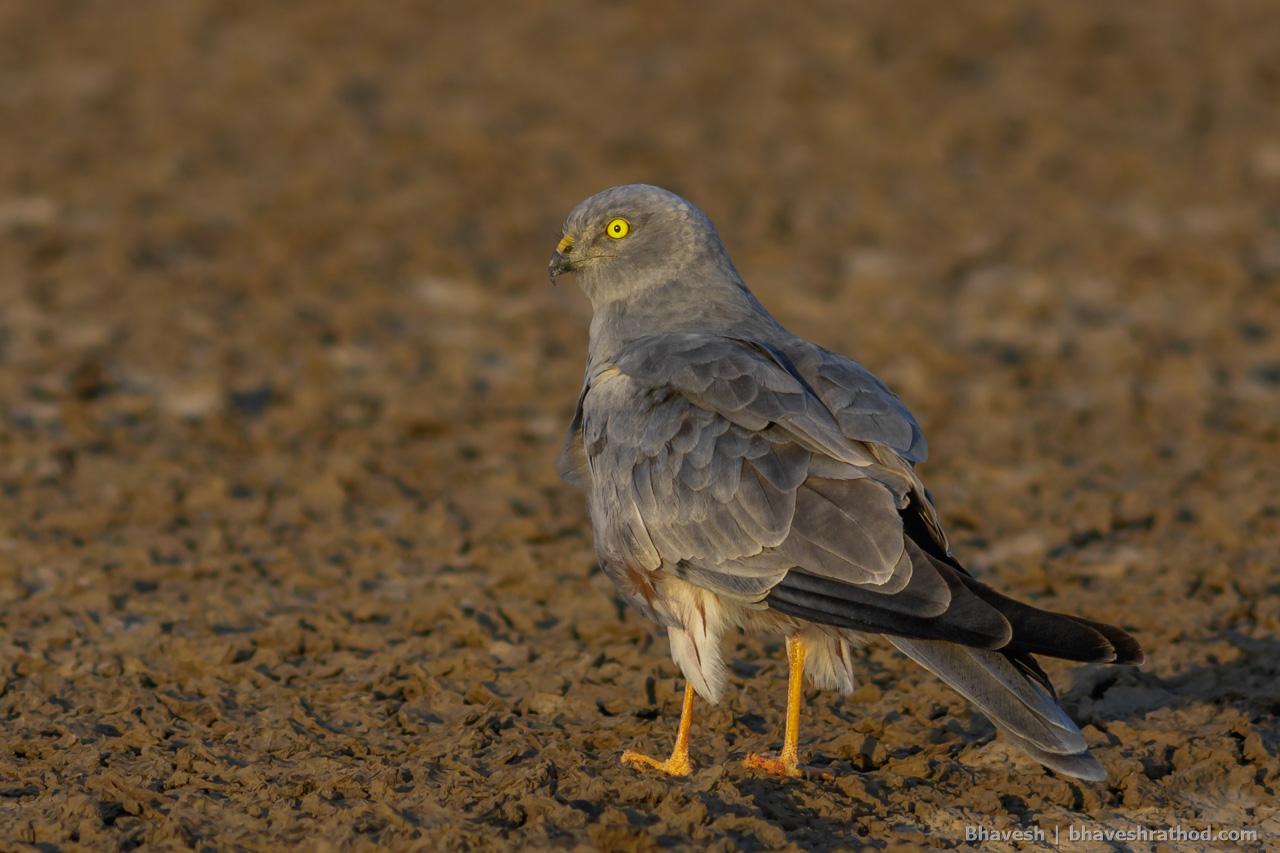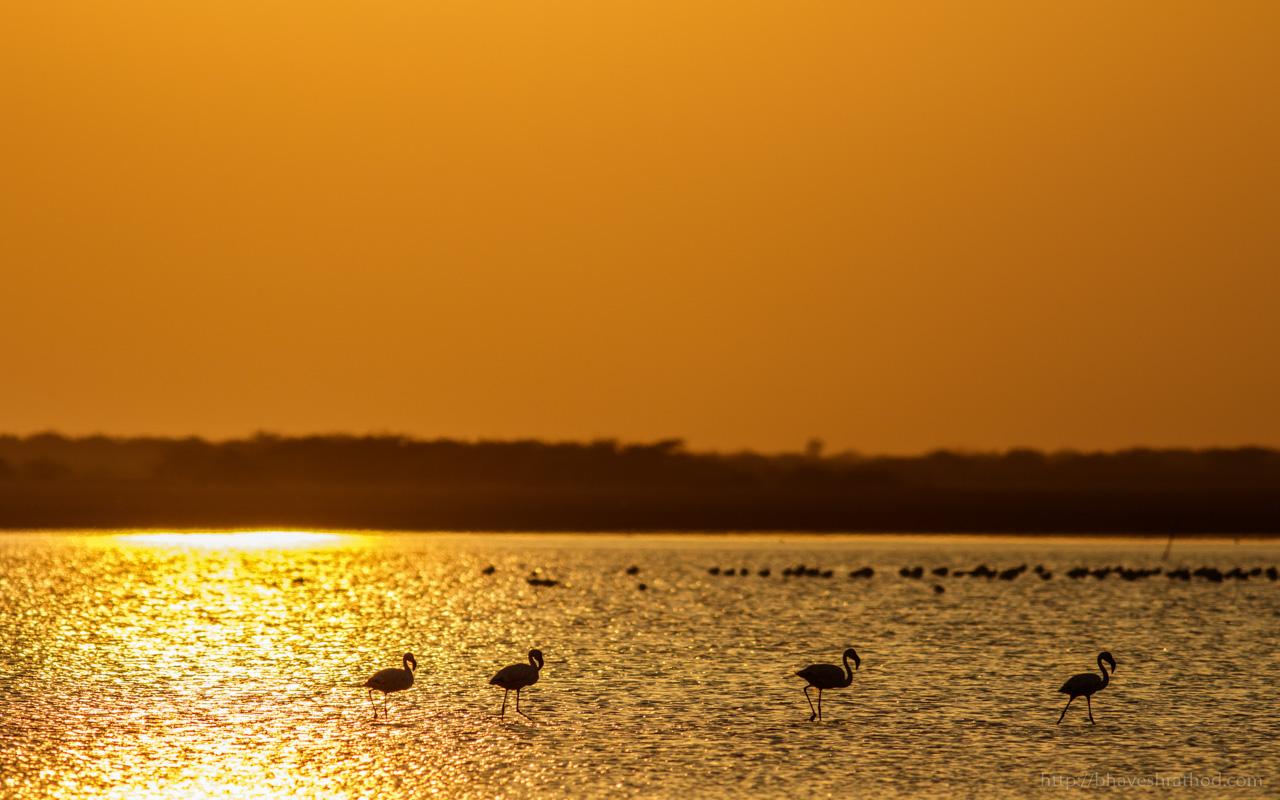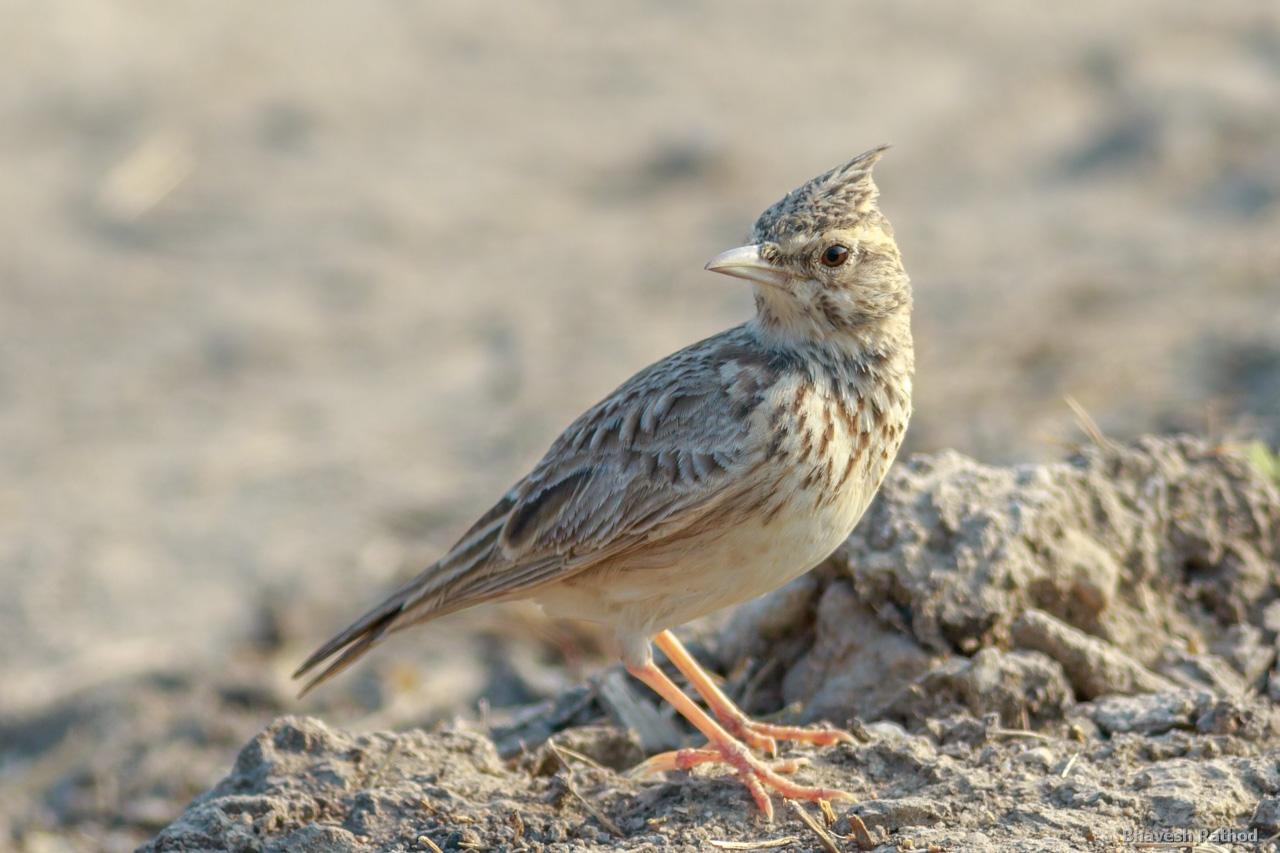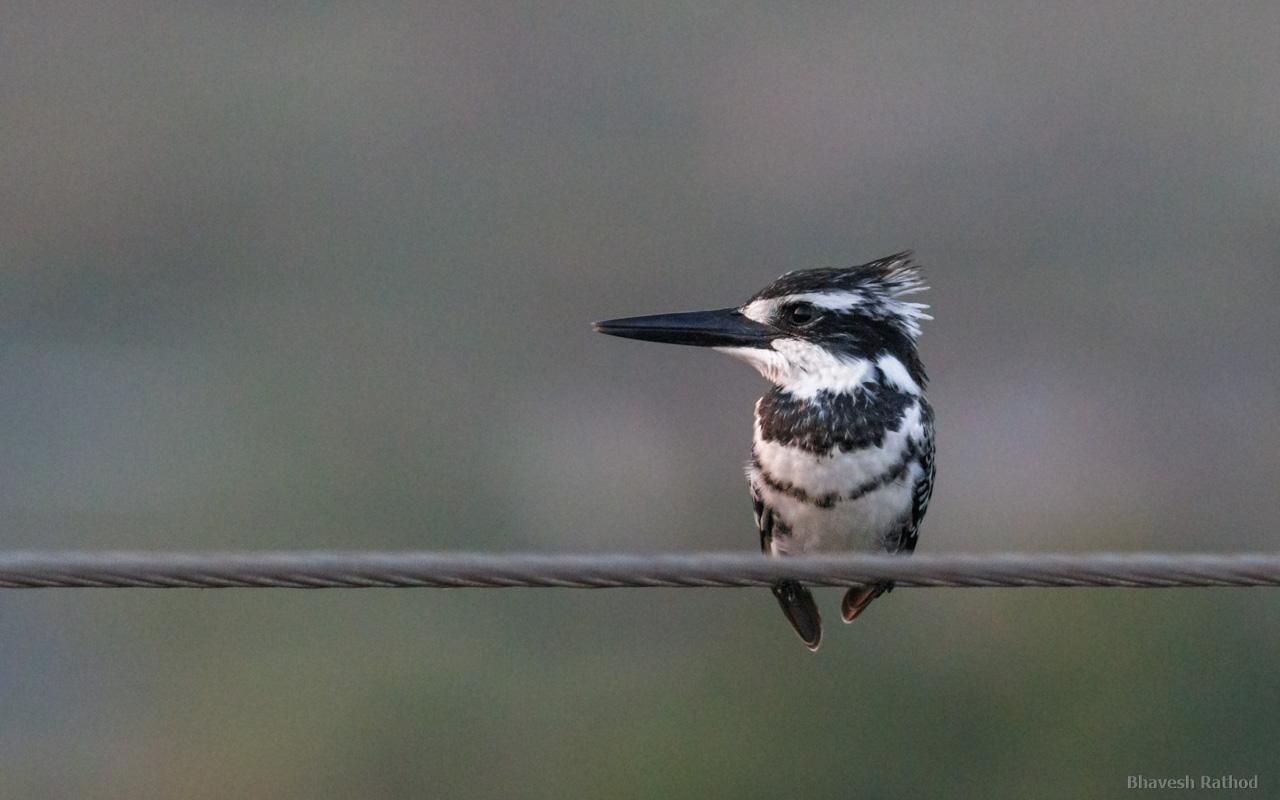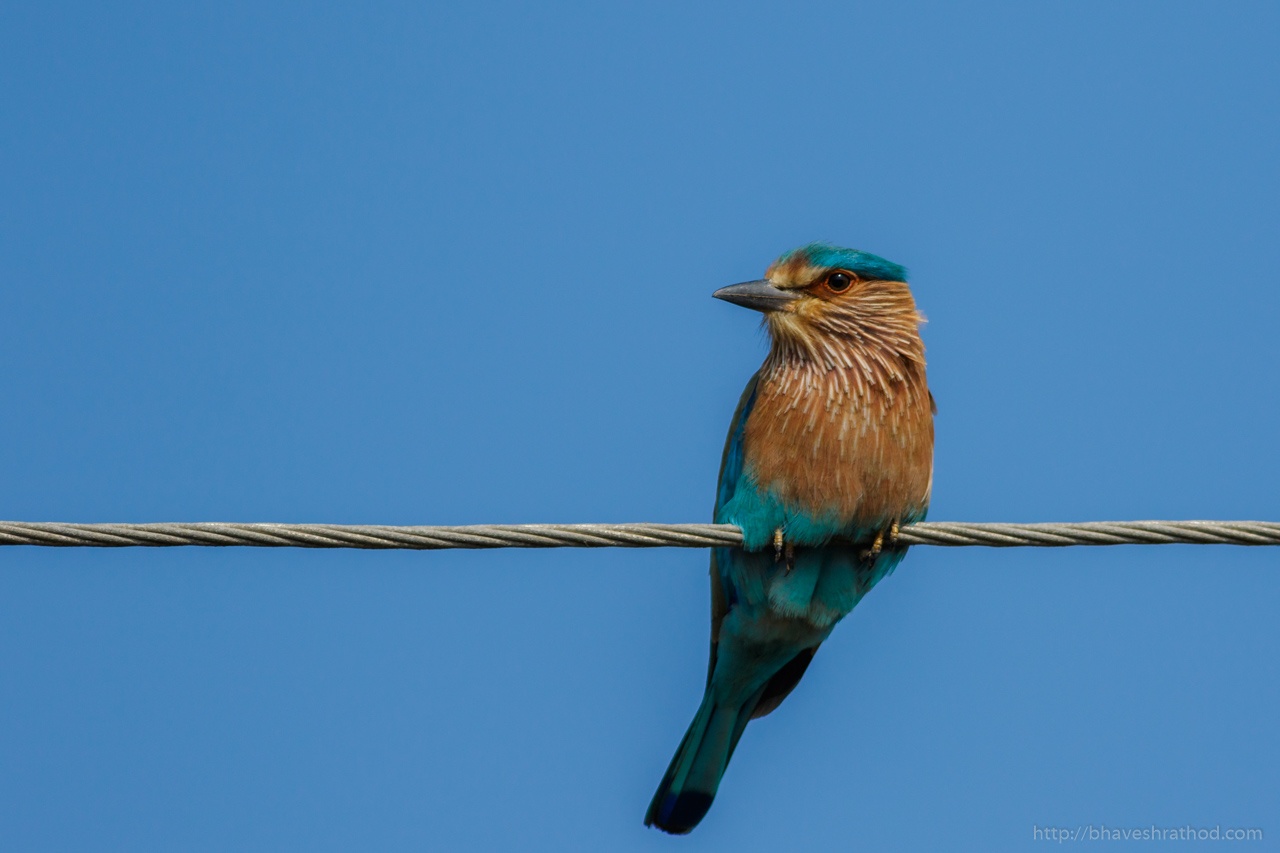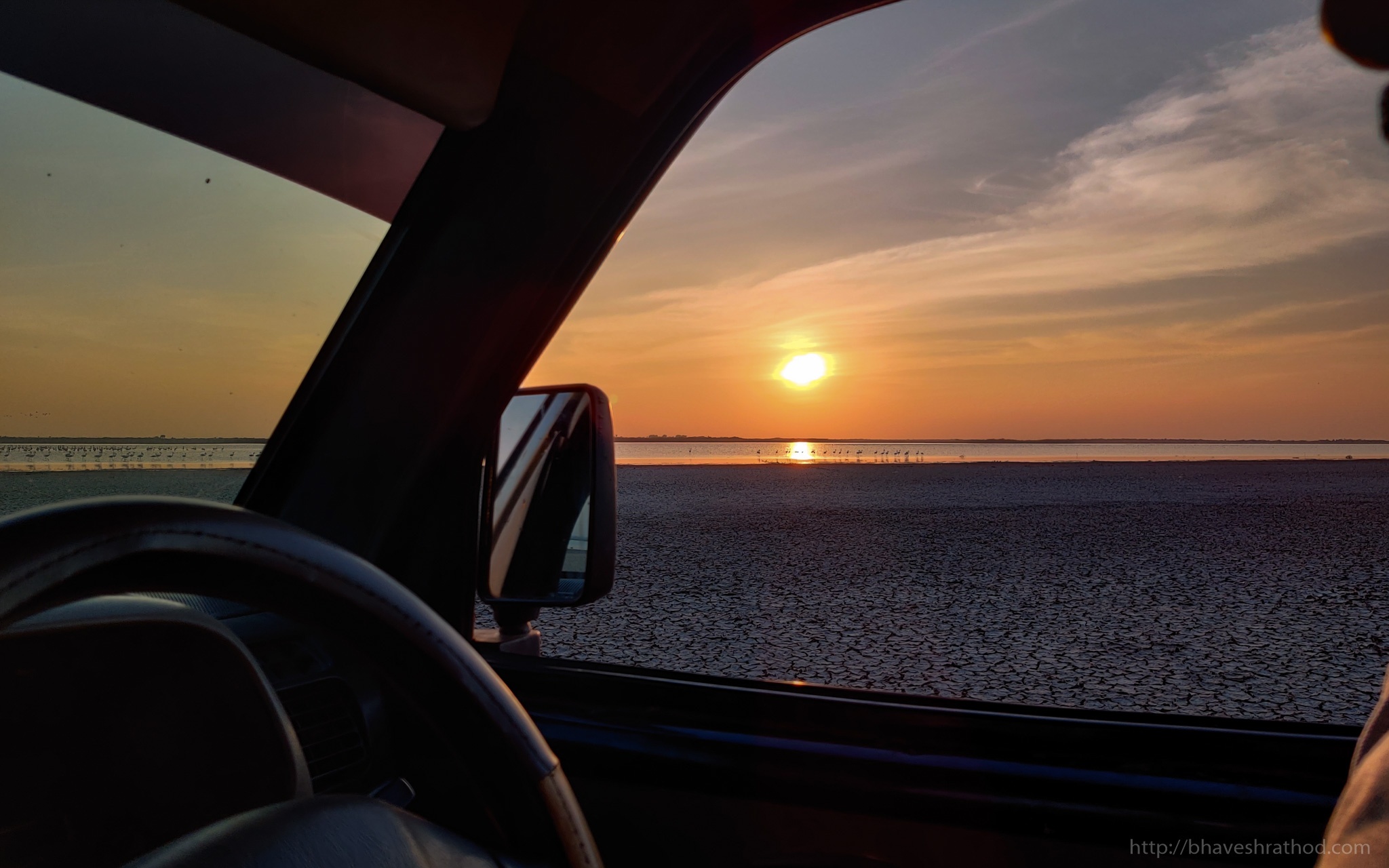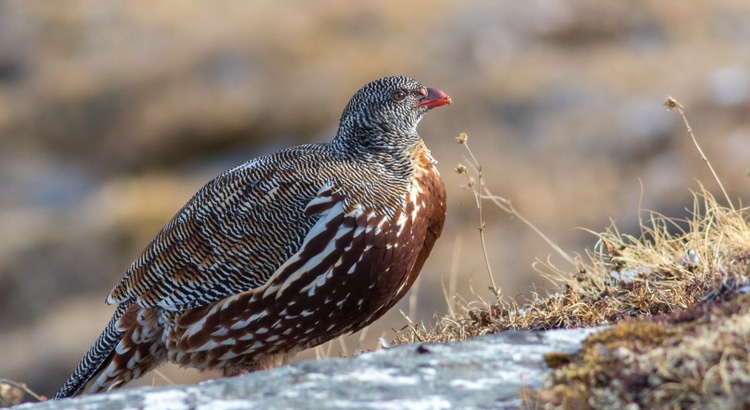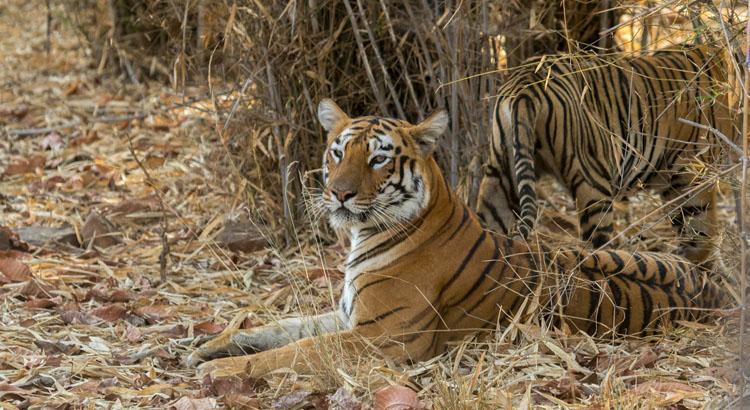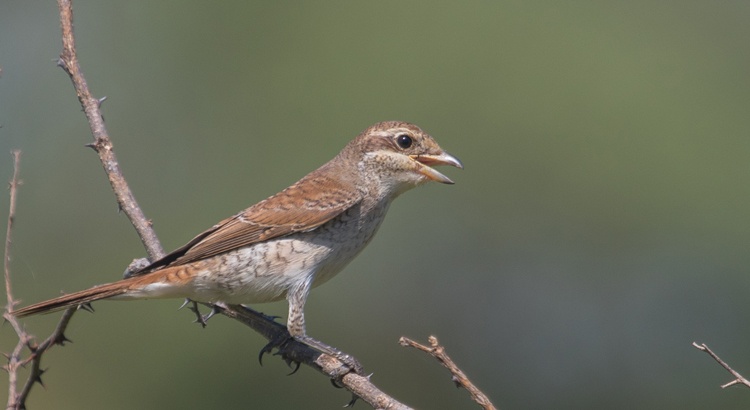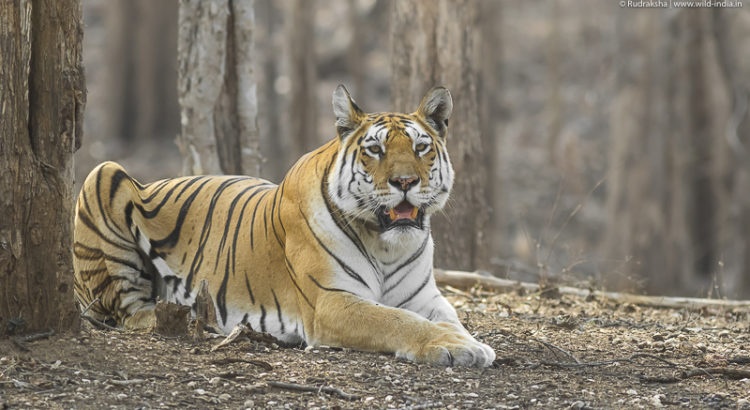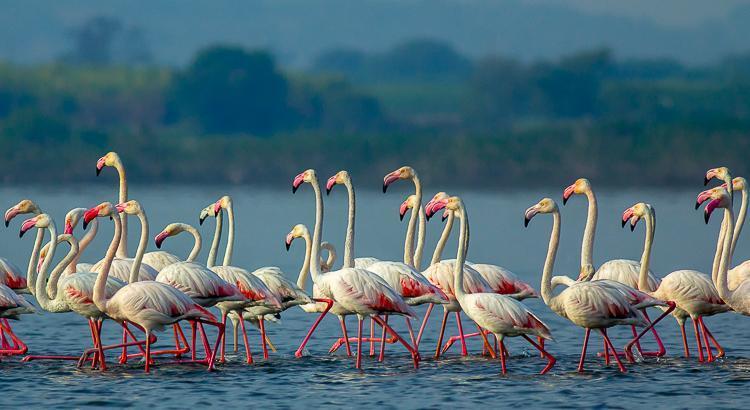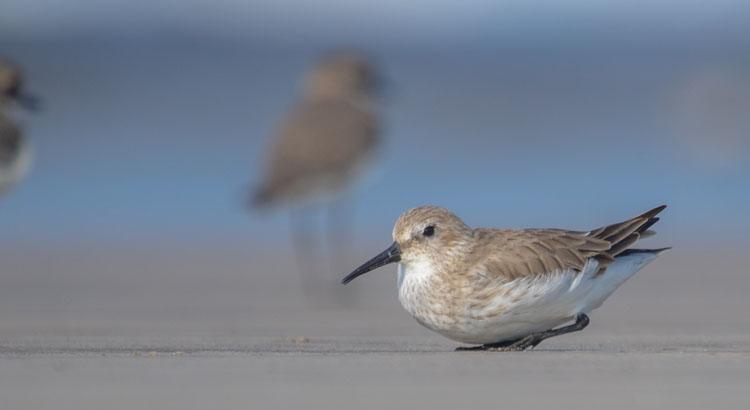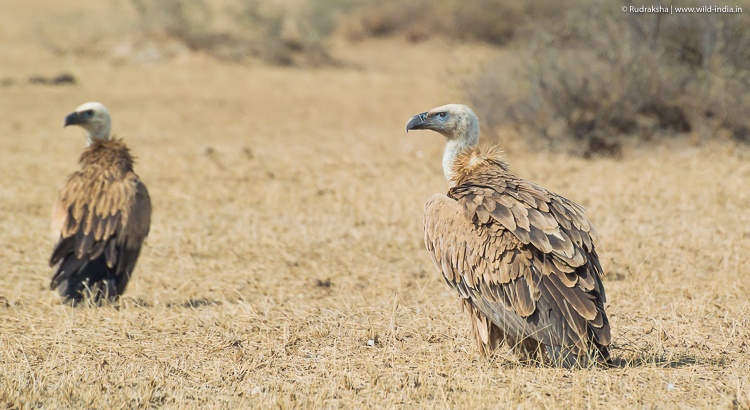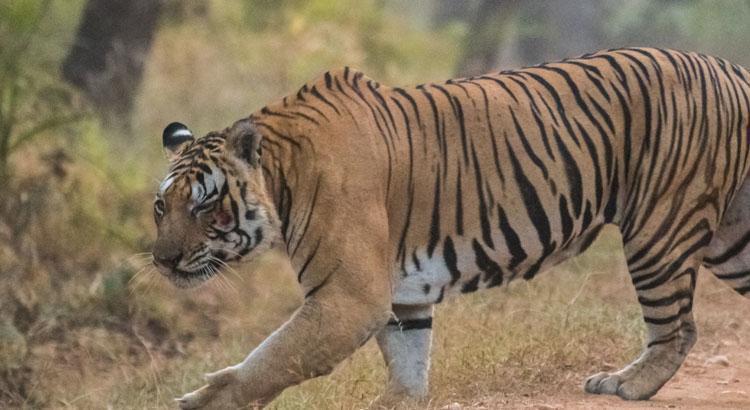As we have discovered, within the general field of birding there are many different sub categories. So what I mean by this is observing birds over long distances in wide open areas like at the coast or near a lake is very different to going birding in a thickly wooded forest.
So actually it is impossible to say that this is the best birding binocular and leave it at that, you have to decide if you need a pair for a specific niche or if you are looking for a good all round birding binocular that will perform well in a variety of different situations.
Once you have answered this, then we can now take a look at and understand how the different features and specifications on a binocular affect it and it’s performance and rate them in terms of their importance for your type of birding.
Then all you have to do is find which binoculars have the most or if possible, all the features that you are looking for in your price range.
What Magnification for Bird Binoculars?
Getting closer for a better view is the main reason you are looking for binoculars for birds and thus it makes sense that the optical magnification, zoom, or as some people call it the ‘power’ of the instrument is the first place to start.
However because you are trying to get as close to the bird to distinguish as much detail as possible, most people new to birding assume that the binoculars with the most powerful magnifications are the best…
Bigger is not (always) better!
There are a number of drawbacks to high powered binoculars the main ones are:
You will get a narrower field of view (FOV), less apparent depth of focus, a less bright image and higher magnifications also make it harder to keep a steady, shake free image as even the slightest movement is magnified.
There are a few things can be done to make the view through binoculars more steady, like attaching your binocular to a tripod using and adapter or even electronically powered stabilization, like the excellent range of Canon Image Stabilized binoculars, but this does not solve the other problems of having a smaller field and depth of view.
If you plan on using one pair of binoculars for all your bird spotting in a variety of situations, an 8x magnification is the most popular choice for a few reasons:
Wider field of view. You spot a bird high up in a tree and quickly raise your binoculars to your eyes. The wider the field of view, the more likely that your aim will be correct and that the bird will instantly be in the field of view, without having to search about for it. This is especially true for smaller, fast moving birds that don’t stay put. Lower magnification in binoculars means a wider field of view, so many birders prefer 8x to 10x.
Better image stability. More power isn’t always a plus in a handheld optic. A 10x image is shakier because any hand movement is magnified as much as the image is. Many people find they can actually see more detail hand holding 8x than 10x binoculars.
Better with glasses. When wearing eyeglasses, your eyes are positioned farther away from the eyepieces. How far back your eyes can be and still see the whole picture is called eye relief. It’s much easier to find 8x binoculars with enough eye relief to work with your glasses than it is to find 10x.
So to sum up: 7x or 8x binoculars will work well in most types of terrain and in a wide variety of situations, forested areas to open fields. The images tend to be brighter with wider fields of view than higher powered binoculars. The wider field of view makes it easier to follow fast moving birds as well as scan for birds in the distance.
With 10x and even more powerful binoculars you will get more detail which is good for spotting birds of prey, waterfowl, and large birds or wildlife. These birds tend to be slower moving and are often out in the open, where the narrow field of view will also not be such an issue. When using a very high-powers (approx. 12x or more), you will need a very steady hand or tripod or some sort of image stabilization and it is very important to stay away from cheap binoculars with high magnifications.
For more on using 10x binoculars, read my in-depth article on 10×42 Binoculars for Bird Watching where I discover that for some people and in some circumstances, 10×42 binoculars may be the ideal choice for your birding binoculars.
Source: www.bestbinocularsreviews.com (link)
